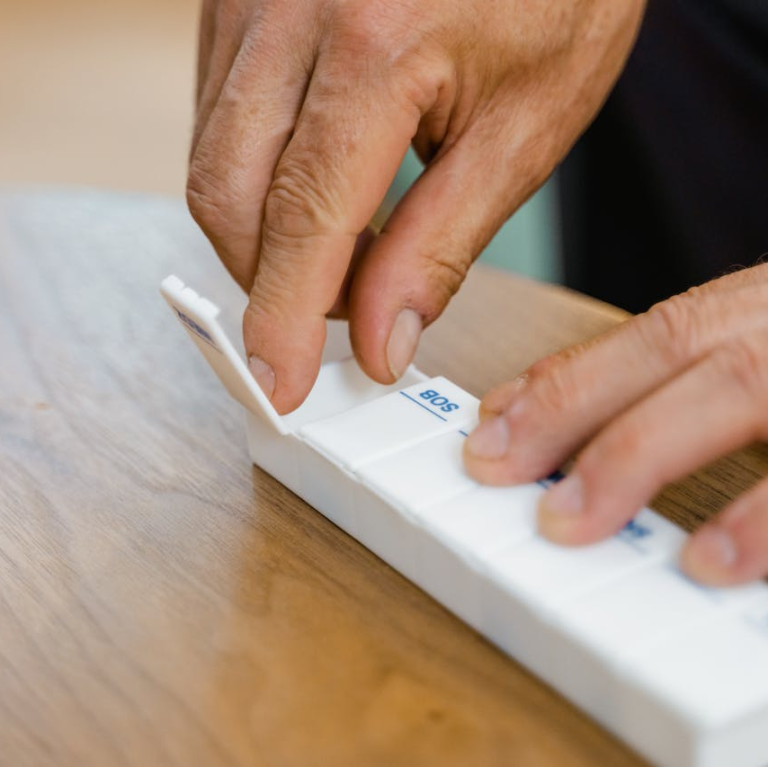Key Takeaways
-
Medicare offers robust telehealth coverage, giving you access to medical care from the comfort of your home. This convenience is especially helpful for routine check-ins and non-urgent health concerns.
-
Certain limitations and eligibility criteria apply, so understanding the specifics of Medicare’s telehealth benefits can ensure you maximize their potential.
Telehealth: Changing the Way You Access Medicare Services
In today’s fast-paced world, healthcare is more accessible than ever, thanks to telehealth. If you’re a Medicare beneficiary, you can take advantage of these services to consult your doctor, manage chronic conditions, or even get mental health support without leaving your home. But how exactly does Medicare’s telehealth coverage work? Let’s break it down into six important facts to help you make the most of this modern convenience.
1. Medicare Covers a Wide Range of Telehealth Services
You’ll be happy to know that Medicare telehealth coverage isn’t just limited to basic consultations. In fact, it includes a broad spectrum of services like:
-
Routine doctor’s visits
-
Follow-up care after a hospital stay
-
Behavioral health services, such as therapy
-
Preventive screenings
-
Chronic condition management, like diabetes monitoring
Whether you need medical advice or help managing an ongoing condition, telehealth can make your healthcare journey smoother and more efficient.
Who Can Provide These Services?
Medicare-approved providers, such as physicians, nurse practitioners, clinical psychologists, and licensed social workers, can deliver telehealth services. Always confirm that your provider participates in Medicare to ensure coverage.
2. You Can Use Telehealth from Anywhere—Almost
In the past, Medicare’s telehealth services were primarily limited to rural areas. However, these restrictions have been lifted, allowing you to access telehealth no matter where you live. Whether you’re at home, traveling, or even staying at a skilled nursing facility, you can connect with your healthcare provider as long as you have a stable internet connection.
What Technology Do You Need?
To use telehealth, you’ll need a smartphone, tablet, or computer with video and audio capabilities. Some providers might also use secure platforms or apps for added privacy. If you’re not tech-savvy, don’t worry—many providers offer simple instructions or tech support to help you get started.
3. Telehealth Services Are Covered Under Medicare Part B
If you’re enrolled in Medicare Part B, telehealth services are part of your benefits. These visits are generally subject to the same costs as in-person appointments. For most services, this means you’ll pay 20% of the Medicare-approved amount after meeting your Part B deductible, which is $257 in 2025.
Pro Tip: Pairing with Medicare Supplement Plans
Although we’re avoiding specifics about private plans, it’s worth noting that many beneficiaries choose to supplement their Medicare coverage to reduce out-of-pocket costs. These supplemental plans may help cover your Part B coinsurance.
4. Mental Health Services Through Telehealth Are a Big Win
Mental health care has become increasingly important, and Medicare recognizes this. Telehealth covers mental health services, including:
-
Individual and group therapy
-
Psychiatric evaluations
-
Medication management
These services are a lifeline for beneficiaries dealing with stress, anxiety, depression, or other mental health challenges. Best of all, telehealth ensures that you can access these resources without the stigma or inconvenience of traveling to a therapist’s office.
Don’t Forget About Audio-Only Visits
If you’re unable to use video technology, Medicare also covers audio-only mental health services. This option is a game-changer for beneficiaries with limited internet access or those who prefer phone calls.
5. Chronic Care Management Is Easier with Telehealth
Managing a chronic condition can feel overwhelming, but telehealth simplifies the process. Medicare’s telehealth benefits include chronic care management services, where your healthcare team works with you to create a personalized care plan. This can involve:
-
Monitoring your symptoms remotely
-
Adjusting your medications
-
Providing lifestyle advice
-
Coordinating care among multiple providers
For example, if you have diabetes, telehealth allows your doctor to track your glucose levels remotely and provide timely feedback, ensuring better health outcomes.
6. Telehealth Benefits May Vary Depending on Your Plan
While Original Medicare offers a standard set of telehealth benefits, additional coverage details may vary if you’re enrolled in a Medicare Advantage plan. These plans often include extra telehealth perks, such as expanded provider networks or additional services like vision or dental consultations. Make sure to review your plan’s benefits to understand what’s included.
Keep an Eye on Annual Notices
Each year, your Medicare Advantage plan sends an Annual Notice of Change (ANOC) letter, which outlines updates to your coverage. Reviewing this document is crucial for staying informed about any changes to telehealth services or costs.
Timelines and Requirements to Keep in Mind
Medicare telehealth services are available year-round, but there are a few things to note:
-
Eligibility: You must be enrolled in Medicare Part B and work with a Medicare-approved provider.
-
Documentation: Ensure you provide the necessary consent for your provider to offer telehealth services.
-
Appointment Scheduling: Many providers offer flexible hours for telehealth, but booking in advance is still recommended.
How to Get Started with Medicare Telehealth Services
If you’re new to telehealth, here’s how to begin:
-
Check Your Coverage: Verify that your Medicare plan includes telehealth benefits.
-
Find a Provider: Ensure your chosen doctor or specialist offers telehealth services and accepts Medicare.
-
Prepare Your Tech: Set up your device with a reliable internet connection, and test it before your appointment.
-
Schedule an Appointment: Contact your provider to book a telehealth visit at a time that works for you.
-
Have Your Information Ready: Keep a list of medications, symptoms, and questions handy to make the most of your appointment.
Maximizing the Benefits of Telehealth
Telehealth is more than just convenient—it can significantly enhance your overall healthcare experience. Here are a few tips to get the most out of your telehealth visits:
-
Be Honest: Share all your symptoms and concerns, no matter how small they seem.
-
Take Notes: Jot down any instructions or recommendations from your provider.
-
Follow Up: Don’t hesitate to schedule follow-up appointments or ask additional questions if needed.
-
Utilize Tools: Use apps or devices like blood pressure monitors to track your health and share updates with your provider.
Wrapping Up Your Medicare Telehealth Journey
Medicare’s telehealth coverage is a powerful tool that brings healthcare right to your fingertips. By understanding what’s covered, how to access services, and what to expect, you can make informed decisions and prioritize your health from the comfort of your home. So, whether it’s a routine check-up or managing a chronic condition, telehealth ensures you’re never far from the care you need.











